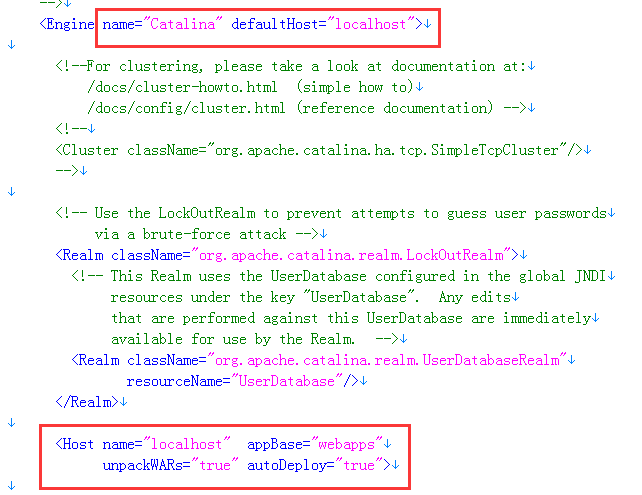新版本的JBoss 5 将会基于全新的微内核, 一个基于旧有的JBoss JMX微内核重构的新内核. 在旧有的版本中, JBoss一向以JBoss JMX微内核而闻名.
而JBoss 5 的新内核已经开始基于扩展性强的POJO, 从而满足高端的集群用户以及低端的对性能要求苛刻的用户.
官方提到的新特性包括:
+JBoss Web Services. A JAX-RPC 1.1 compliant SOAP stack custom built for the JBoss Application Server architecture, JBoss Web Services now supports all Java 2 Platform, Enterprise Edition (J2EE) compliant web services, including WS4EE 1.1, WS-I Basic Profile 1.1, and WS-Security 1.0. In addition, developers can leverage annotation-driven web services (JSR-181), a new feature in Java EE 5.0, to simplify the creation of web services on JBoss Application Server. JBoss Web Services is compatible with Microsoft.NET.
+JBoss Clustering. Re-architected to better conserve memory and resources while improving overall performance, scalability, and reliability, JBoss Clustering now supports both fine-grained and buddy replication. Since fine-grained replication replicates only values changed within an object, it minimizes network traffic and provides a scalable way to share objects across a cluster of servers. Buddy replication, on the other hand, offers the ability to replicate cached objects to specific servers within a cluster. As a result, network traffic and memory are both minimized while ensuring failover of the collective state of the cluster, even if some servers go down.
+JBoss Messaging. JBoss Messaging is a fully compatible JMS 1.1 implementation and substantially improves high availability features such as distributed destinations, in-memory replication of the messages and transparent client failover. A re-implementation of JBossMQ, JBoss Messaging can be used with JBoss Application Server 4.0.5 and will be the default messaging platform in JBoss Application Server 5.0.
+JBoss Seam. JBoss has quickly delivered new features to JBoss Seam, its innovative unified component programming model and framework. New features in JBoss Seam 1.1 include data-oriented application wrappers for entity beans, integration with Ajax4jsf, support for atomic conversations which greatly reduce database roundtrips, exception handling via annotations, ability to integrate RESTful pages into stateful page flow, and a new concurrency model for AJAX-based applications.
+JBoss EJB3 (Enterprise JavaBeans). JBoss Application Server's implementation of EJB 3.0 has been updated to reflect the final specification including Java Annotation support for Session Beans, Message driven Beans, and Entity Beans as well as a simplified persistence model based on Hibernate.
+Hibernate. Announced last month, Hibernate 3.2 is one of the first object/relational mapping software to be compliant with Java Persistence, which was introduced in Java EE 5.0 to simplify the development of applications using data persistence. Hibernate 3.2 is now integrated with JBoss Application Server, providing developers with a Java Persistence provider out of the box.
红帽的Linux利润战略是提供免费的快速变化的Fedora版本,还有一个性能更稳定的Red Hat Enterprise Linux.
更早之前, 红帽公司为了增加其JBoss服务器软件的收入,考虑把这个产品分为两个版本,一个是无支持操作的免费产品,另一个是配有支持系统的付费产品.
JBoss发言人彼得斯称:“我们要强调的是发展模式,将类似于RHEL-Fedora模式。此时,我们仍在致力于为JBoss开发这种模式。我们相信可以把更多的免费的JBoss用户引领到付费服务。
标签:











